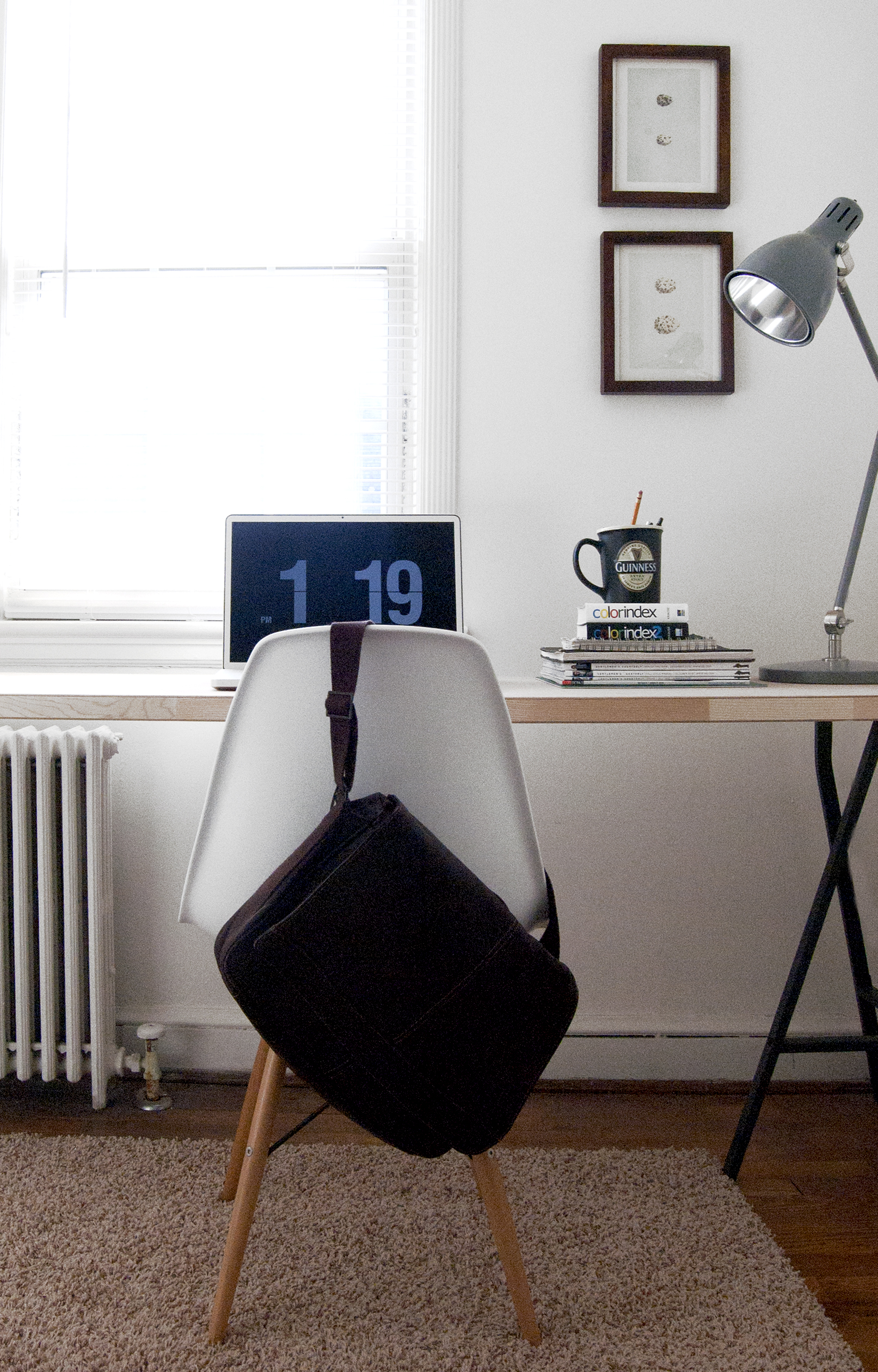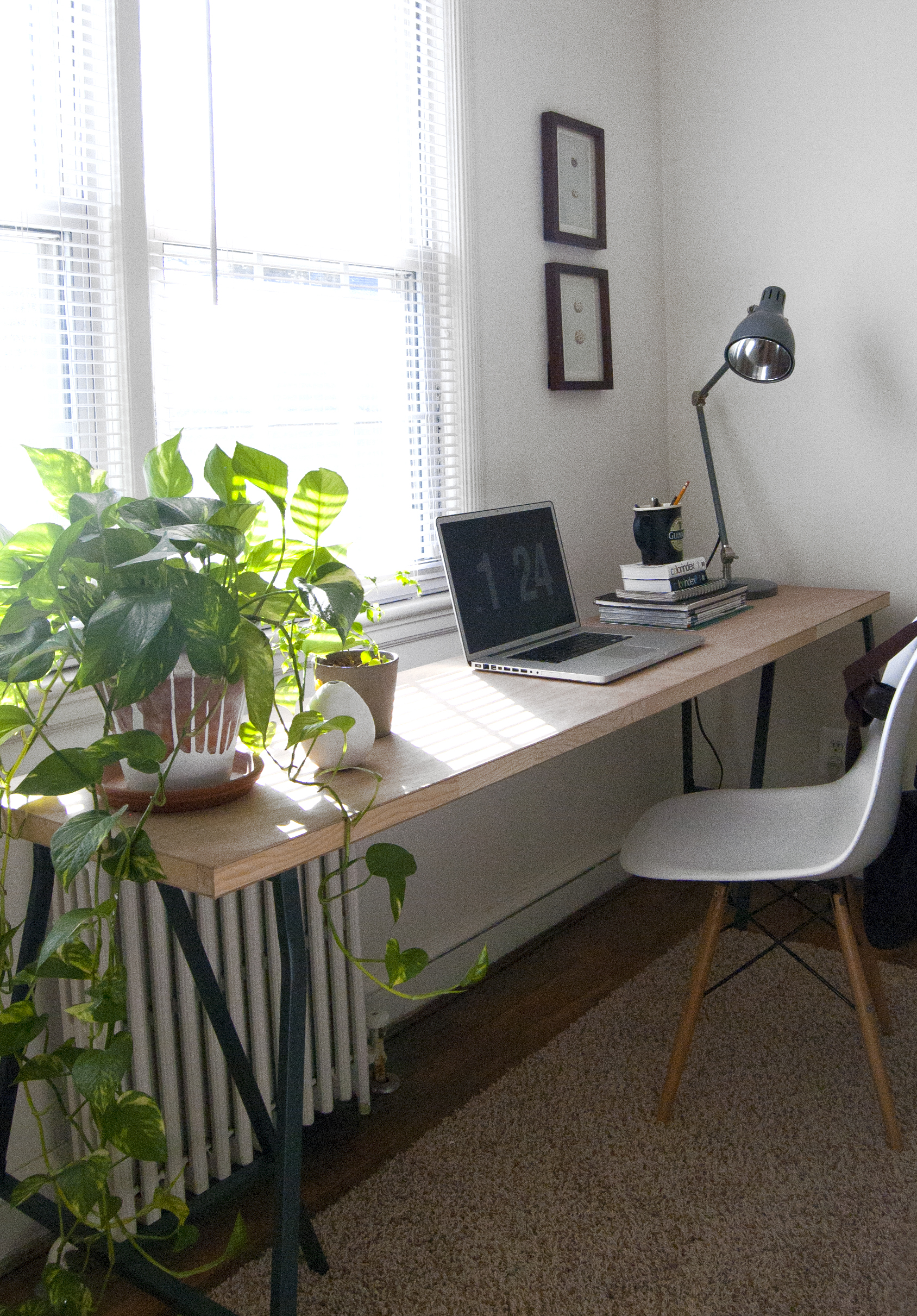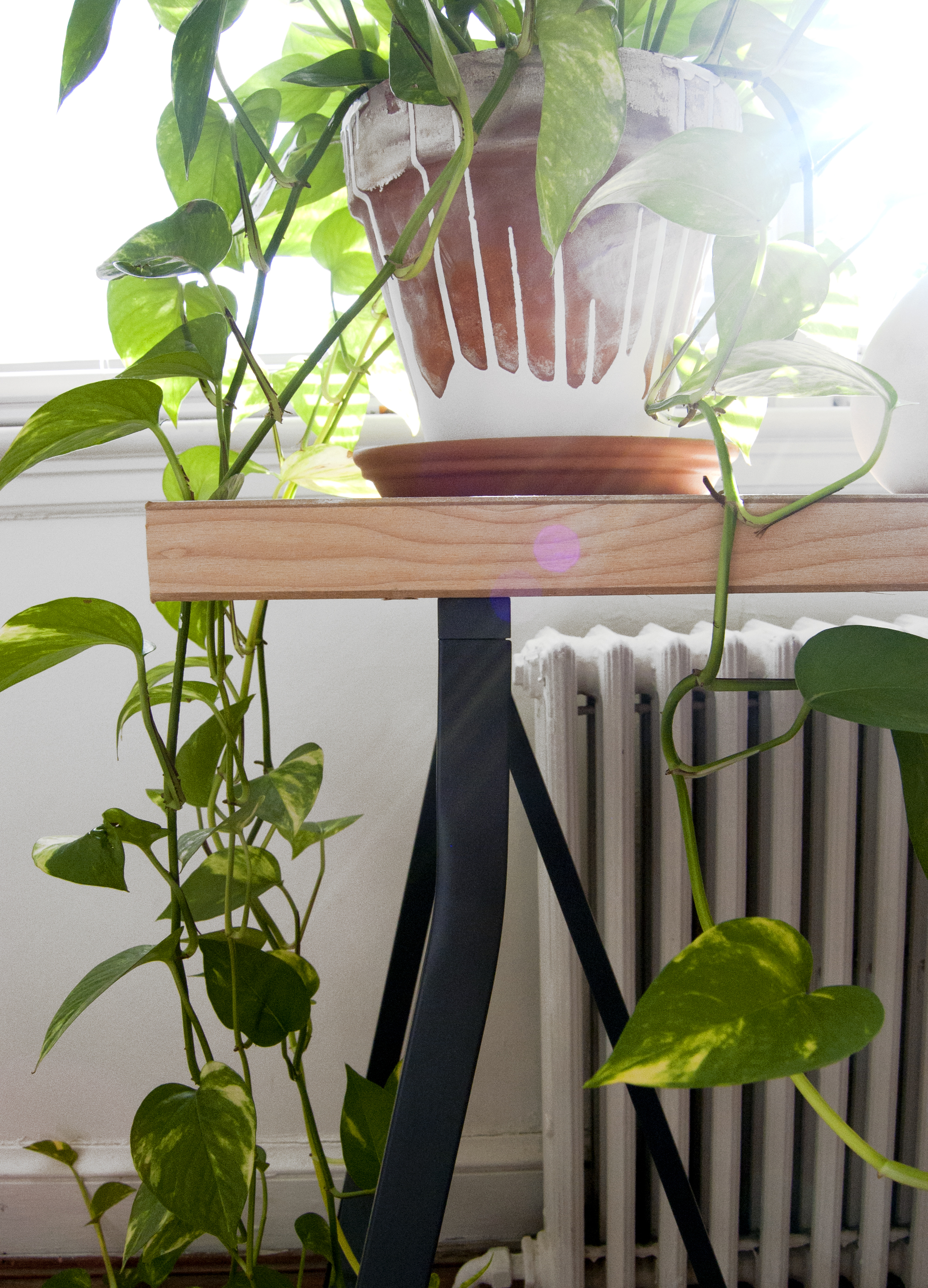Backward Design
 When I think back to the times in my life that I've felt the most inspired, I immediately go back to childhood-created environments. The time that my sisters and I somehow fashioned a "clubhouse" out of an empty cardboard box. The many Christmas Eves that we would construct what seemed like massive tents out of sheets, pillows, and stuffed animals. Our most memorable environments were shaped by our imaginations and somewhat limited resources, and that allowed us to be even more creative within those environments. We didn't get lost in the process.
When I think back to the times in my life that I've felt the most inspired, I immediately go back to childhood-created environments. The time that my sisters and I somehow fashioned a "clubhouse" out of an empty cardboard box. The many Christmas Eves that we would construct what seemed like massive tents out of sheets, pillows, and stuffed animals. Our most memorable environments were shaped by our imaginations and somewhat limited resources, and that allowed us to be even more creative within those environments. We didn't get lost in the process.
As an adult, though, that sort of imagination is a little harder to come by. For most of us, creative spontaneity is replaced with logistics and planning. And even though that's a fine and normal part of growing up (I mean, how would I look making fort out of a cardboard box at the age of 24), I've found that it leaves a lot to be desired in the process of...well, being creative. I often find myself worrying about the obstacles stemmed within the process of designing/building/creating something before I even have a clear vision of an end result. I've learned that designing "backwards" leaves me feeling a bit more inspired and expressive, and more like that kid making forts out of blankets. I feel so much more compelled to think creatively at home when my environment is self-inspired; and as a creative professional, that's kind of super important.
And this is what led me to using a door as a desk.
Making a desk out of a door isn't a particularly new concept, but this project is a good example of what I'm rambling about. I knew that I wanted an unconventionally long and skinny desk for that wall, which led me to understand that desks aren't really sold that way, which led me to me peruse a salvage yard and notice how closet doors come in a wide variety of potentially useful sizes. I ended up buying a new hollow-core door from Home Depot, but a reversed line of thinking is what I think got me to that point. The legs are from Ikea.
p.s. There's actually a ton of interesting research on backward design as a teaching mechanism. Not exactly the same thing, but interestingly similar.


